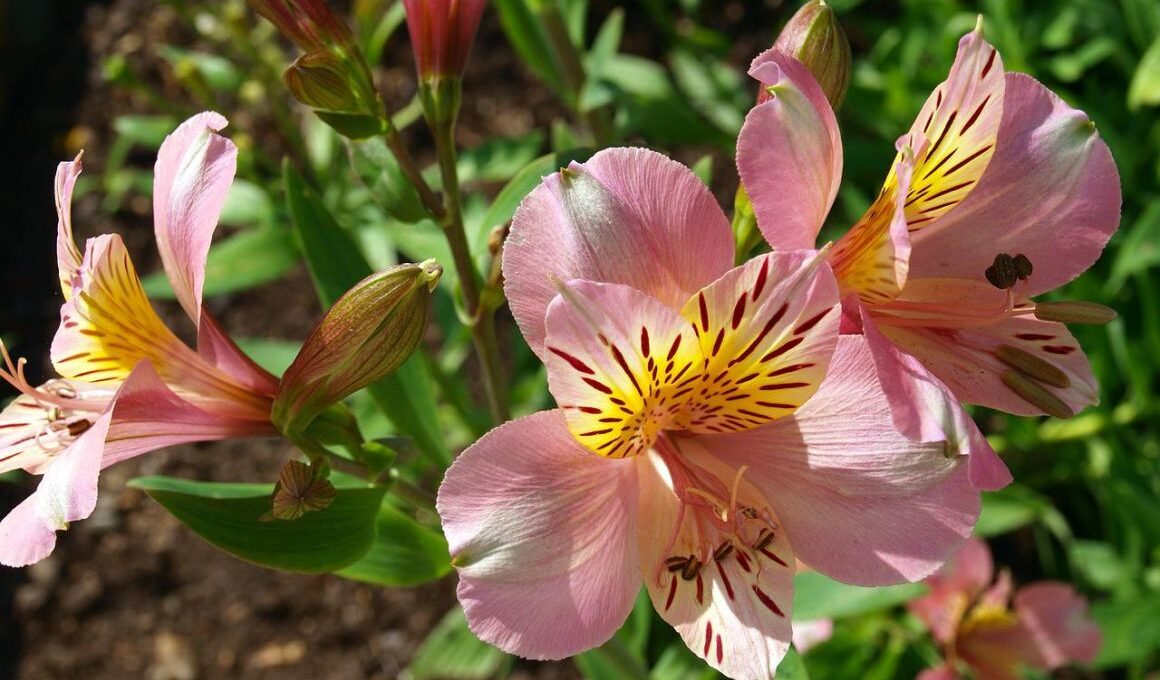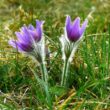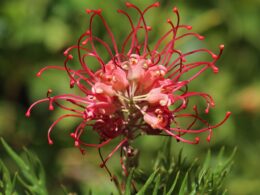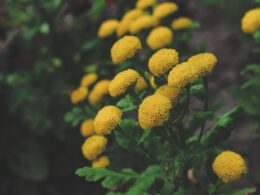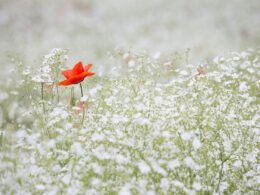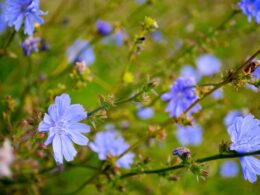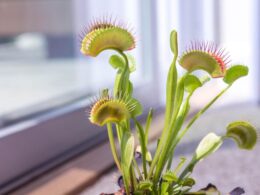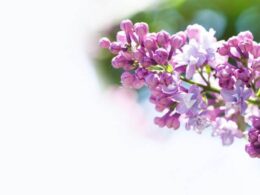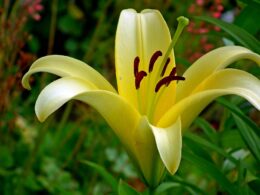What Is Alstroemeria? Origin and Characteristics
The alstroemeria flower, also known as the Peruvian lily or lily of the Incas, is a South American native that has been cultivated for centuries. The genus Alstroemeria was named after the Swedish baron Clas Alstroemer, who was a friend of Linnaeus. It includes species such as:
- Alstroemeria aurea – native to Chile and Argentina and naturalized in New Zealand and Australia;
- Alstroemeria kingii – also native to Chile;
- Alstroemeria ligtu, known as St. Martin’s flower – native to Peru, Chile and Argentina;
- Alstroemeria pelegrina, known as the Peruvian lily – endemic to Chile;
- Alstroemeria psittacina, commonly called parrot flower and New Zealand Christmas bell – native to Brazil and Argentina.
Today, alstroemeria flowers are a popular choice for bouquets and floral arrangements in the United States. They’re available in a wide range of colors, including white, pink, purple, and red. The blooms are typically 1-2 inches in diameter and have a long vase life – they can last up to 2 weeks if properly maintained.
Alstroemeria Flower Meaning and Symbolism
The alstroemeria flower has a number of different meanings and symbolism associated with it. In general, alstroemerias are seen as a symbol of friendship, devotion, love, and strength. Each of their six petals is said to represent one of the six crucial aspects of friendship:
- understanding;
- patience;
- empathy;
- humor;
- commitment;
- respect.
These flowers also represent mutual support, so you could gift them with the message ‘I’ve got your back’ or ‘thank you for being there for me.’ Apart from that, alstroemeria has a more specific meaning in some cultures. For example, in Brazil and Peru, they’re seen as a symbol of prosperity and fortune.
How to Care for Cut Alstroemeria Flowers?
If you’re planning on decorating your home or party venue with alstroemeria flowers, it’s important to know how to care for them properly. Here are a few tips:
- Cut alstroemeria stems at an angle using sharp shears. This will help them absorb more water.
- Immediately after cutting the stems, place them in warm water.
- Add a flower food packet to the water – this will help the blooms last longer.
- Change the water every few days and re-cut the stems if necessary.
- Keep alstroemeria flowers away from direct sunlight, drafts, and heat sources.
When it comes to alstroemeria care, that’s pretty much all you need to know! These flowers are not only beautiful but also quite easy to take care of.
How to Grow Alstroemeria in Your Garden
If you’re interested in growing alstroemeria flowers in your garden, you should know that they’re easy to plant and care for. They make for excellent border plants, and they can also add plenty of interest to small gardens. They grow year-round in USDa hardiness zones 8-10, and they’re perennial plants, so they’ll bloom year after year.
There are a few rules to follow if you want to get showy blooms. Alstroemerias prefer fertile, moist, and well-drained soil. They thrive in full sun, but they can also tolerate partial shade. Once established, they’re pretty hardy, but need mulching through the winter.
Planting and Maintenance
Plant your alstroemerias in the spring or fall, making sure to space the tubers about 18-24 inches apart. If you’re buying them as flowers, you can plant them right away in the summer.
Once they start blooming, alstroemerias will keep going until early fall. To encourage new growth and prevent them from self-seeding, you should deadhead the flowers as they start to fade. Alstroemerias also make great cut flowers, but it’s better to pull the stems from the base if you want them to come back the following year.
Why Isn’t Your Alstroemeria Blooming?
If your alstroemeria isn’t blooming, there could be a number of reasons. It might not be getting enough sun, or the soil might not be rich enough. Alstroemerias also need to be well-drained, so make sure they’re not sitting in water. If their roots rot, they won’t be able to bloom.
Different Types of Alstroemeria Flowers
As we mentioned before, alstroemerias come in a wide range of colors. But did you know that there are over 50 alstroemeria flower varieties in total? That’s right – these flowers come in all sorts of shapes and sizes. Here are just a few examples:
- ‘Butterscotch’ – boasting pinkish apricot flowers with yellow throats;
- ‘Fougere’ – blooming in white with purple throats and burgundy streaks;
- ‘Flaming Star’ – featuring brilliant orange flowers opening from red buds.
As you can see, alstroemerias are quite versatile and can be used in all sorts arrangements. So, if you’re looking for a way to add a touch of color to your home or party, these flowers are definitely worth considering!
Are Alstroemerias Poisonous to Cats and Dogs?
Now that you know all about alstroemerias, you might be wondering – are they poisonous to pets? The answer is a bit complicated. Alstroemeria flowers won’t kill your cat or dog, but they can cause an upset stomach or skin irritation.
So, if you have a pet and you’re not sure how they’ll react to alstroemeria, it’s always best to err on the side of caution and keep them away from these flowers. In addition, handling these plants can cause rashes in sensitive people, so it’s best to wear gloves when working with them.
The Lily of the Incas Is Beautiful in All Forms
We hope this article has helped you learn more about alstroemerias – their meaning, care tips, and varieties. These beautiful flowers are definitely worth considering for your next arrangement, or as an addition to your garden, if your climate permits. Have you ever had alstroemeria flowers in your home? Let us know in the comments below!





